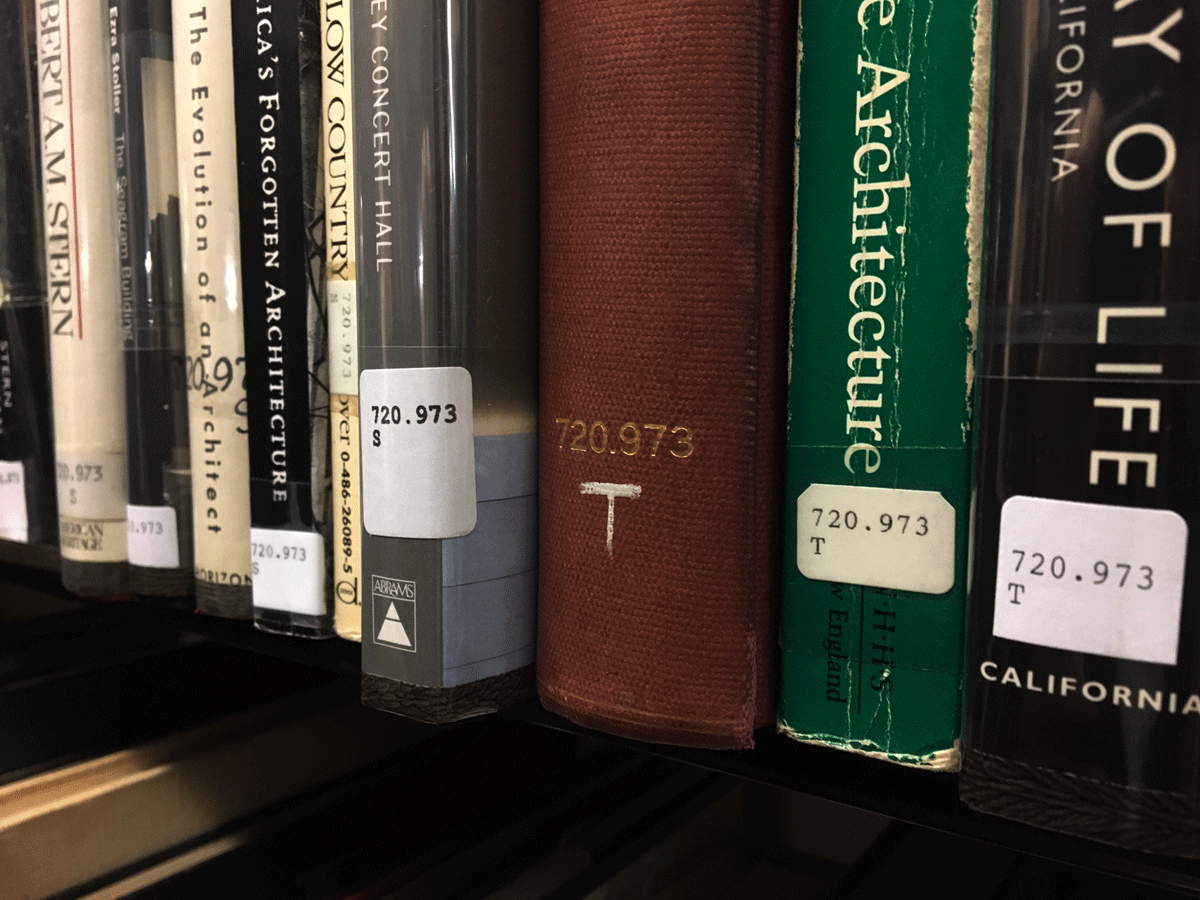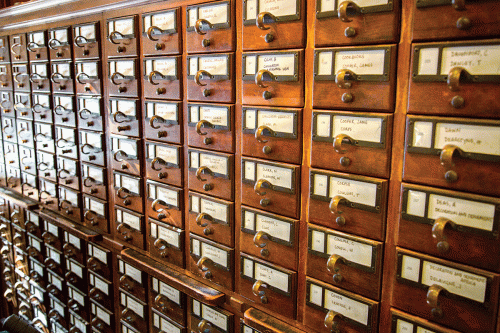Call Numbers at the Society Library
Do you know how we organize our library collection? At the New York Society Library we classify our materials using the Dewey Decimal Classification system, as is the case with many general readership libraries. You may be familiar with other library classification systems, such as Library of Congress Classification, which is often used in academic settings. Be sure to know which classification system your library uses for best results!
Part of the Library’s cataloging process is the assignment of appropriate call numbers, also known as classifying, which organizes the books on the shelves and helps with retrieval. Thanks to our classification scheme, patrons browsing in the Society Library’s stacks will find related materials in nearby call numbers on the shelf. It’s important to remember that, while we use a class number for nonfiction materials, we utilize a shorthand for biographical materials in 92 and collective biography in 920 (which you’ll find in Stack 7 and Stack 1 respectively). For fiction materials we utilize the fiction designation 'F' and the author’s last initial (found in Stacks 5 and 6).
The Dewey Decimal Classification system uses a hierarchical form of classification, implying a relative location among call numbers. Three place values exist before the decimal, signifying first class, then division, and finally section, getting more specific with each place value. The numbers after the decimal offer further subdivision of the topic.
Because Dewey Decimal Classification uses a method of building call numbers by joining numbers together, groupings of numbers have designated significance and are often echoed throughout the scheme. For instance, 973 represents the United States and books on U.S. history are assigned a 973 call number. An example of such echoing is the classification for economic history of the U.S. (330.973) and architectural history of the U.S. (720.973), each classified in their respective general fields, with the specific context of the U.S. represented by 973 after the decimal utilized in each.
You may sometimes wonder what the letters found at the end of the numerical call numbers are. Well, those are called cutters, and that’s a blog post for another time.
Browse through the stacks and let us know what you notice about our classification. Remember, you can visit our search page to search our online catalog by call number or browse our classification scheme.



Disqus Comments